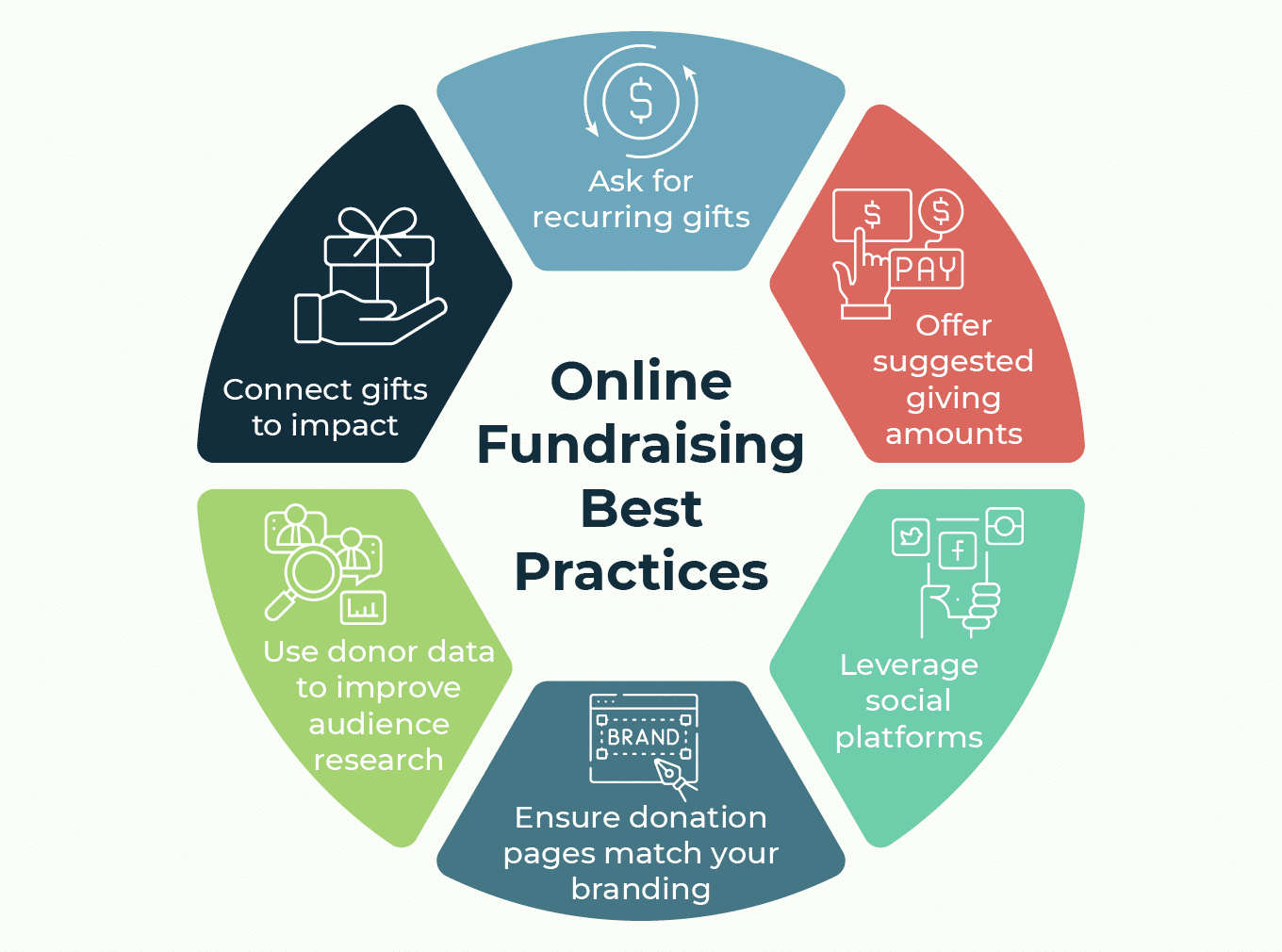Fundraising Consultant: Professional Support to Enhance Your Nonprofit's Fundraising
Fundraising Consultant: Professional Support to Enhance Your Nonprofit's Fundraising
Blog Article
The Duty of Community Interaction in Nonprofit Fundraising: Building Lasting Relationships for Lasting Assistance
Neighborhood interaction is increasingly acknowledged as a vital component of successful not-for-profit fundraising. By promoting genuine partnerships with local stakeholders, companies can grow depend on and loyalty, which are crucial for lasting assistance. Nonetheless, the methods and approaches used to engage communities differ extensively, elevating crucial inquiries about performance and effect. What are the most effective techniques for cultivating these necessary links, and exactly how can nonprofits gauge their success in this sector? Recognizing these characteristics can considerably affect the future of fundraising initiatives and the overall objective of nonprofit organizations.
Understanding Area Engagement
Neighborhood interaction is a vital element of effective not-for-profit fundraising efforts. Nonprofits need to determine crucial stakeholders-- such as neighborhood members, local organizations, and various other organizations-- to produce efficient engagement strategies.
Efficient area engagement is asserted on active listening and responsiveness to the requirements and interests of the area. This process entails getting responses, understanding community dynamics, and making sure that the company's mission lines up with local concerns. Involving the area can take different types, including public conferences, volunteer chances, and partnership campaigns, each developed to urge participation and financial investment in the organization's objectives.
Furthermore, neighborhood interaction should be approached as a recurring discussion instead of a single effort. By fostering an inclusive environment where community voices are listened to and valued, nonprofits can build a solid structure for future fundraising endeavors. Eventually, a deep understanding of area engagement equips companies to produce authentic connections that improve their overall efficiency and sustainability.
Advantages of Strong Relationships
Solid relationships created via neighborhood engagement yield various advantages for not-for-profit fundraising initiatives. Primarily, these relationships foster depend on and reputation, vital elements in motivating donors to add. When possible advocates see a not-for-profit proactively associated with their community, they are most likely to think in its goal and influence.

In addition, these relationships help with reliable communication. Nonprofits can take advantage of their links to share stories of effect, updates, and needs, making sure that supporters continue to be enlightened and involved. This open line of interaction not just enhances bonds yet also urges word-of-mouth promotion, broadening the not-for-profit's reach.
Lastly, solid area connections can attract brand-new companions and sponsors. People and services are much more likely to line up with companies that demonstrate significant neighborhood participation, supplying added sources and assistance that can dramatically boost fundraising capacities. Thus, growing robust connections through area engagement is indispensable to a not-for-profit's lasting fundraising success.
Techniques for Reliable Interaction
Exactly how can nonprofits successfully involve their neighborhoods to improve fundraising efforts? Normal updates, engaging material, and calls-to-action can galvanize area passion and involvement.
2nd, hosting area events, such as workshops, volunteer possibilities, or fundraising drives, helps with face-to-face interaction, enabling nonprofits to showcase their effect and initiatives. These events not just increase funds yet additionally grow connections and allow area participants to involve straight with the reason.
Third, executing personalized communication strategies can improve interaction. Customizing messages to particular benefactor sectors based on interests and past contributions fosters a feeling of belonging and investment in the company's goal.
Finally, developing partnerships with neighborhood services and area leaders can amplify outreach initiatives. Joint initiatives can boost visibility and integrity, showing a collective commitment to the neighborhood's wellness. By incorporating these methods, nonprofits can construct long-term partnerships that boost fundraising initiatives and drive lasting support.
Measuring Engagement Success
While involving the community is crucial for effective nonprofit fundraising, gauging the performance of these interaction initiatives is similarly essential. Developing clear metrics allows organizations to analyze just how well they are getting in touch with their target market and achieving their fundraising goals. Key efficiency indications (KPIs) such as benefactor retention rates, volunteer engagement degrees, and involvement on resource social media platforms give substantial data for assessment.

Routinely analyzing these metrics enables companies to pivot their methods when necessary, making sure that area engagement continues to be aligned with their overall mission. In addition, sharing these results with stakeholders fosters openness and develops trust, urging additional community involvement. Ultimately, a robust dimension framework not only educates future fundraising efforts yet additionally strengthens the connection in between the nonprofit and its advocates, laying the groundwork for lasting success.
Case Research Studies in Area Effect
Various study show the extensive effect that neighborhood interaction can carry not-for-profit fundraising success. One remarkable example is the "Food for Thought" effort, where a neighborhood food bank partnered with companies and colleges to host community dinners. These events not just elevated funds but also promoted a feeling of belonging among individuals, considerably boosting benefactor retention prices.
One more engaging instance is the "Green Spaces Project," which involved regional citizens in the revitalization of metropolitan parks. This effort not only amassed economic assistance from neighborhood businesses however additionally grew a volunteer base that added to ongoing upkeep and investigate this site programming. The feeling of possession and satisfaction amongst neighborhood participants translated right into continual payments.
In the world of arts, the "Art for All" project efficiently engaged local artists and patrons to create collective art installments, bring about raised presence and contributions for a neighborhood arts not-for-profit.
These instances highlight that when nonprofits prioritize community involvement, they can create long lasting relationships that enhance fundraising initiatives, making certain sustainable assistance and cultivating a lively neighborhood culture. Such instances show that community engagement is not just a strategy but an essential column of not-for-profit success.
Conclusion
To conclude, community engagement is indispensable to the success of not-for-profit fundraising efforts. By fostering solid connections with local stakeholders, organizations boost trust fund and integrity, resulting in improved contributor retention and loyalty. Implementing effective interaction techniques and gauging additional resources their effect ensures that nonprofits can grow and adapt. Inevitably, a robust structure of area assistance not just amplifies fundraising prospective however additionally cultivates a culture of collaboration, important for achieving long-lasting organizational objectives and sustaining significant effect.
Nonprofits should recognize vital stakeholders-- such as community members, neighborhood services, and various other companies-- to develop effective interaction strategies.

In verdict, community interaction is essential to the success of not-for-profit fundraising efforts.
Report this page